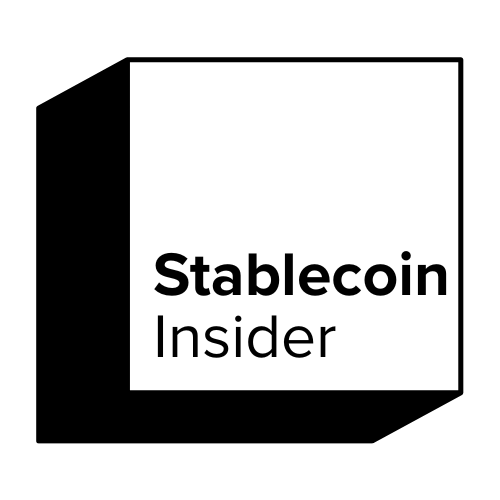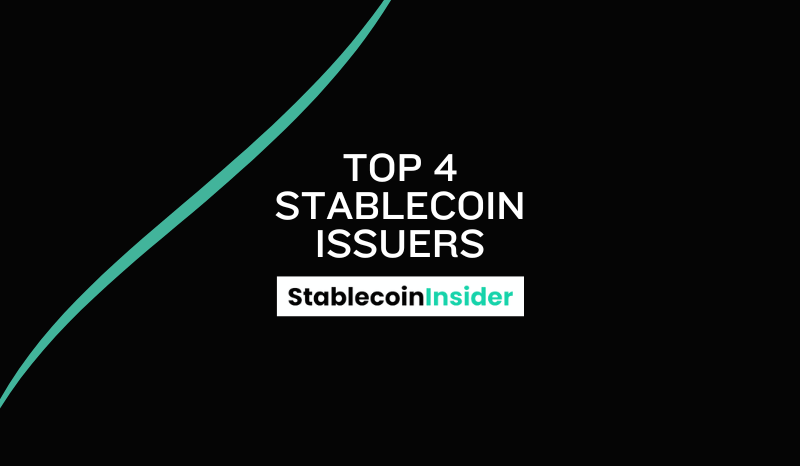Stablecoins have solidified their place as a cornerstone of the cryptocurrency ecosystem, offering stability in an otherwise volatile market.
As of February 26, 2025, the stablecoin market continues to grow, driven by a handful of leading issuers who command the lion’s share of the market cap.
Here’s a look at the top four stablecoin issuers shaping the landscape this year, based on their market dominance, innovation, and adaptability to regulatory shifts.
Tether Holdings: The Unrivaled Giant
Tether Holdings, the issuer of Tether (USDT), remains the undisputed leader in the stablecoin market. With a market cap exceeding $125 billion as of late 2024, USDT accounts for over 60% of the total stablecoin market, a dominance that has carried into 2025.
Tether’s strength lies in its liquidity and widespread adoption across exchanges and blockchains like Ethereum, Tron, and Solana. The company’s reserves, primarily U.S. Treasury bills, generated $7.7 billion in profits by September 2024, showcasing its financial resilience.
Despite past transparency concerns, Tether has made strides to improve trust, with quarterly attestations available on its transparency page.
In 2025, Tether is navigating the European Union’s MiCA regulations, which could impact its USDT offerings in the region if it doesn’t secure a license. Still, its sheer scale and profitability keep it at the top.
Circle: The Compliance Champion
Circle, issuer of USD Coin (USDC), holds the number two spot with a market cap hovering around $35 billion in early 2025. Known for its regulatory compliance, USDC is fully backed by dollar reserves, with regular audits by top accounting firms, earning it a reputation as a safer bet for institutional investors.
Circle’s partnership with Coinbase through the Centre Consortium bolsters its credibility and reach.
In 2025, Circle is capitalizing on the growing demand for transparent stablecoins, especially as U.S. regulations evolve under a crypto-friendly administration.
Its focus on compliance and integration with traditional finance makes USDC a go-to for businesses and DeFi platforms alike. Learn more about its role in the market at StablecoinInsider.com, which tracks stablecoin trends and rankings.
Binance & Paxos: The Exchange Powerhouse
Binance, in collaboration with Paxos, issues Binance USD (BUSD), though its prominence has waned slightly in 2025. Once a top contender with a peak market cap of $23 billion, BUSD has faced challenges following Paxos’s decision to halt new minting in 2023 due to regulatory pressure from the New York Department of Financial Services.
By early 2025, its market cap has stabilized around $2.6 billion, reflecting Binance’s pivot to other stablecoins like First Digital USD (FDUSD).
Despite this, Binance’s vast ecosystem ensures BUSD retains relevance, particularly in regions where the exchange operates freely.
Paxos’s oversight, detailed on its website, adds a layer of trust with audited reserves. In 2025, Binance’s influence as a trading platform keeps it among the top issuers, even as it adapts to a shifting stablecoin strategy.
MakerDAO: The Decentralized Trailblazer
MakerDAO, the decentralized organization behind Dai (DAI), rounds out the top four with a market cap of approximately $1.5 billion in 2025.
Unlike its fiat-backed peers, Dai is a crypto-collateralized stablecoin, pegged to the U.S. dollar through overcollateralized Ethereum assets managed by smart contracts. This decentralized model, governed by its community via the MakerDAO protocol, appeals to DeFi enthusiasts seeking autonomy from centralized issuers.
In 2025, Dai’s resilience shines through market volatility, bolstered by governance updates like “The Maker Constitution” that enhance stability. While smaller in scale, MakerDAO’s innovative approach positions it as a key player, especially as decentralized finance continues to grow.
The Bigger Picture
These four issuers—Tether Holdings, Circle, Binance/Paxos, and MakerDAO—represent the diversity of the stablecoin market in 2025, from centralized juggernauts to decentralized pioneers. Tether dominates with volume, Circle leads in trust, Binance leverages its exchange clout, and MakerDAO pushes the boundaries of decentralization.
As regulations like the U.S. STABLE Act and EU’s MiCA take shape, their adaptability will determine their staying power. For now, they’re the ones to watch in the $200 billion-plus stablecoin arena.

